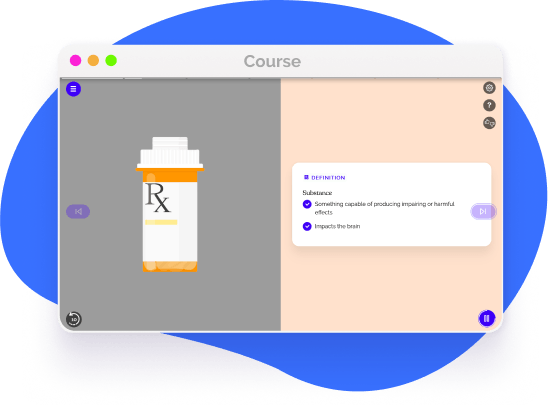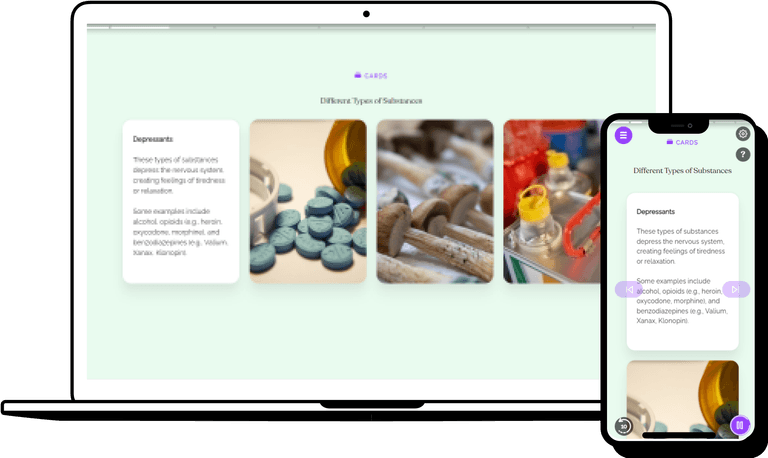Substance Use and Misuse
Discover how to create a safer workplace for everyone by learning about drugs and alcohol in the workplace. Gain a better understanding of the classification of substances, why people use them, and how they can impact the brain and body.

Impacts of Substances on the Brain and Body
Substances can have a profound impact on the brain and body. Depending on the type of substance, it can affect the brain and body in different ways. Stimulants, such as caffeine and nicotine, can increase heart rate, blood pressure, and alertness. Depressants, such as alcohol, can slow down the central nervous system, leading to sedation and impaired coordination. Narcotics, such as opioids, can lead to euphoria, pain relief, drowsiness, and slowed breathing.

It is essential to understand the various classifications of substances in order to be able to accurately identify the potential risks they present to the workplace and its employees.
These types of substances depress the nervous system, creating feelings of tiredness or relaxation. Some examples include alcohol, opioids (e.g., heroin, oxycodone, morphine), and benzodiazepines (e.g., Valium, Xanax, Klonopin).
These substances alter your perception of reality, which can result in hallucinations. Some examples include LSD, psilocybin mushrooms, and PCP.
These substances increase energy and concentration. Some examples include cocaine, Adderall or Ritalin, or methamphetamines.

Stigma and Impacts of Substance Use
Stigma surrounding substance use is a pervasive and damaging social problem. It can impact people who use substances in a variety of ways, including limiting access to treatment and support services, creating feelings of shame and guilt, and creating additional barriers to recovery. People who use substances may also face discrimination in areas such as employment, housing, and healthcare services, which can further compound the negative impacts of substance use.
Myths surrounding Substance use and misuse
Myths surrounding substance use and misuse are beliefs that are often held by members of a society or culture as a whole, instead of being based on scientific evidence. These myths can be spread through media, family, peers, and other sources of influence.
Here are some myths to look out for:
- -
All people who use substances are addicts.
- -
Substance use is a moral failing.
- -
People who use substances are criminals.
- -
Individuals can’t recover from substance use disorders.

Protect Employees with Drugs and Alcohol in the Workplace Training
EasyLlama’s Drugs and Alcohol in the workplace course provides critical knowledge and skills to help employers and employees understand the risks associated with drugs and alcohol in the workplace. This robust training helps employers protect their employees from the potential risks and liabilities of drug and alcohol use, and it can also help employers maintain a safe, productive, and healthy work environment.

Helping over 8,000 organizations create a safer, more productive workplace
By providing learners with a more in-depth understanding of substance use and misuse in the workplace, this course empowers individuals and organizations to create a culture of support and empathy, ultimately leading to a safer and more productive workplace for all.





















